In certain circles, tequila has a bad reputation as an agave spirit that’s less interesting than mezcal, but these bottles buck the stereotype.
A handful of years ago I was sitting at the bar at a popular Mexican-inspired restaurant in Chicago’s downtown corridor, marveling at the extensive, thoughtful collection of mezcal bottles that stretched from one side of the backbar to the other. Most of the brands were highly regarded by aficionados—mezcals made with an eye toward traditional customs, many owned by producers instead of foreign interests. When my eyes reached the tiny assortment of tequilas huddled near the end, I was surprised to see the opposite: most were industrially made products from the world’s biggest liquor conglomerates. What a strange disconnect, I thought, to put so much care into building a mezcal list but not apply the same standards to the tequila selection.
Obviously there are exceptions to the rule, but if you scan spirits lists from most of the top agave bars in the US, you’ll see a similar pattern emerge: either the tequila collection or the mezcal collection will shine, but not often both in the same menu. I’ve since come to realize that this division isn’t limited to bar programs. In the 15 or so years I’ve been covering agave spirits, I’ve noticed a similar divide between tequila and mezcal drinkers. Oftentimes, aficionados will favor one category or the other, but typically not both.
The reasons behind this divide are numerous and more complex than they seem—one could write an entire dissertation on the subject, tracing the lineages of both spirits from their origins to their current place in the international market to show how drinkers have been guided into opposing “taste” camps—but for the purposes of this article, let’s keep it brief. There are marvelous distillates to be found in both categories, made by producers fighting to preserve tradition and sense of place and thus creating some truly memorable, one-of-a-kind spirits. Just as with any other spirit, the quality of the “juice” depends on the individual producer.
As a starting point toward finding common ground between the categories—and because this is Mezcalistas, so most of you reading are probably first and foremost fans of mezcal—here are some recommendations for tequilas that capture the terroir of the maguey and the land in which it was grown, oftentimes made in a way that is laborious and time-intensive, because we all know that coaxes out the most soulful and interesting distillates. I find them all to be singular, nuanced, and lovely to sip.
A few quick caveats before we dive in. First, to be clear, this is not a list of “smoky” tequilas. As many of you already know, the range of flavors in mezcal is as vast as the Gulf of Mexico, so while some of these have a smoke note due to how the agaves are cooked, the point here isn’t to recommend “tequilas made in the style of mezcal.” Because most mezcal drinkers avoid barrel-aged agave spirits, the list that follows features only tequila blanco. You’ll notice a lot of bottles clocking in above 80-proof, which aligns with the typically higher-proof distillates that many mezcal nerds prefer. A lot of these tequilas are also made with labor intensive methods that align with the “slow and low” process of traditional production, so the price points on these bottles are going to be higher—this should come as no surprise to mezcal drinkers, but it’s worth flagging that these are not necessarily everyday go-to bottles.
Finally, this is obviously not a comprehensive list, but rather a launching point for further exploration. There are many, many other brands worth getting to know if you want to slash through stereotypes and broaden your horizons into the tequila realm.

Amatiteña
42% ABV
NOM 1477
This single estate expression from Amatitán tastes as close to mezcal as tequila gets, thanks to its unique production process. Created by third-generation distiller Alberto Partida Hermosillo, the spirit is a compelling expression of the time and place in which the maguey were grown and harvested—every bottle bears the name of the specific field, the date of planting, and the date of harvest.
For this story, I tasted the blanco made with blue agave planted in 2016 in the Las Rosas field on the Partida estate. The maguey were harvested in 2021, then cooked in a stone oven fired by mesquite instead of steam, crushed by a mechanical tahona, fermented with spring water and wild yeast, and distilled in copper pot stills. This process stands in opposition to the high-tech industrial methods most of the industry abides by these days, and the extra time and labor it takes to follow this route result in a super complex spirit: the aroma explodes out of the glass with elements of burned corn tortilla, smouldering mesquite, near-sour ricotta, and lime peel. On the palate, it begins with a rush of rich dulce de leche sweetness, followed by an undercurrent of slate—the two contrasting elements dance together with wisps of dry mesquite creeping around the edges. (The brand also makes a blanco expression called Origen, which punches up the proof to 49 % ABV.)
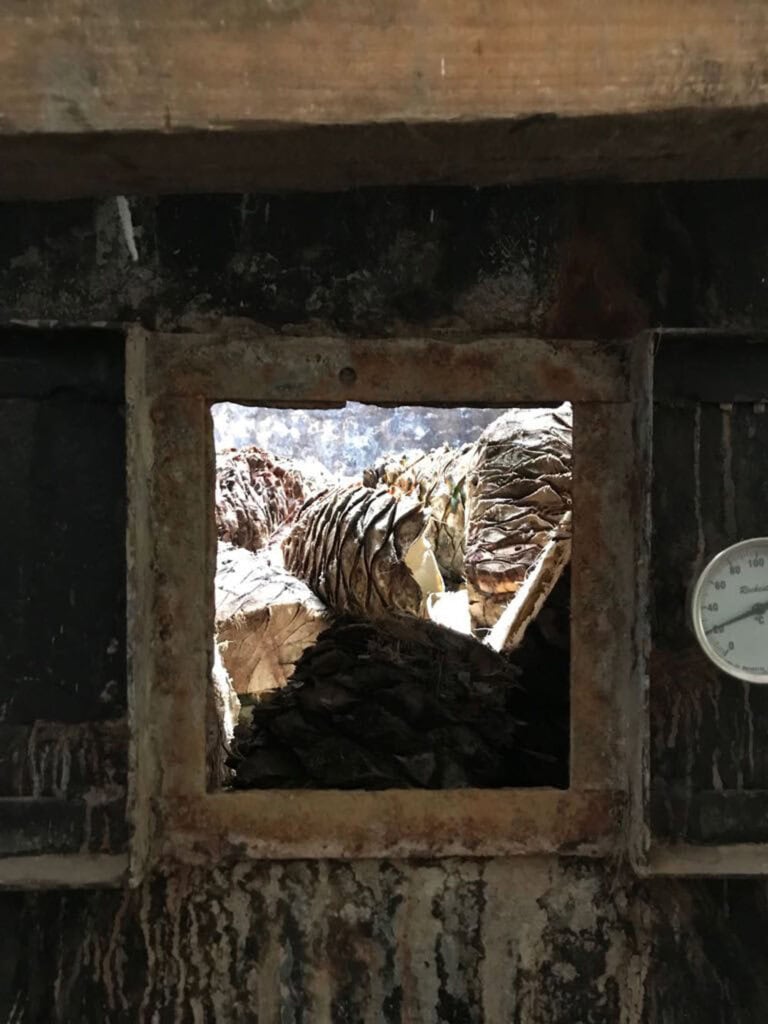
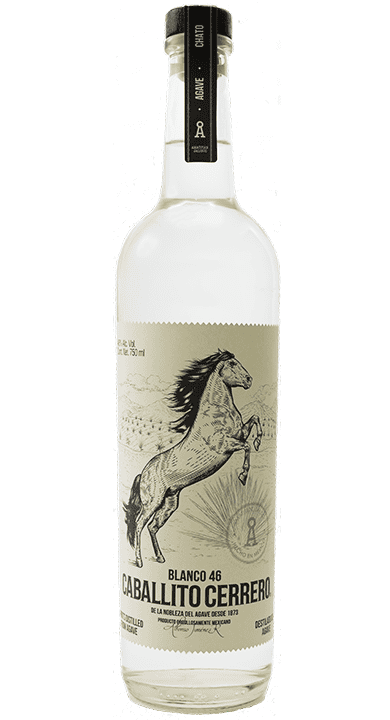
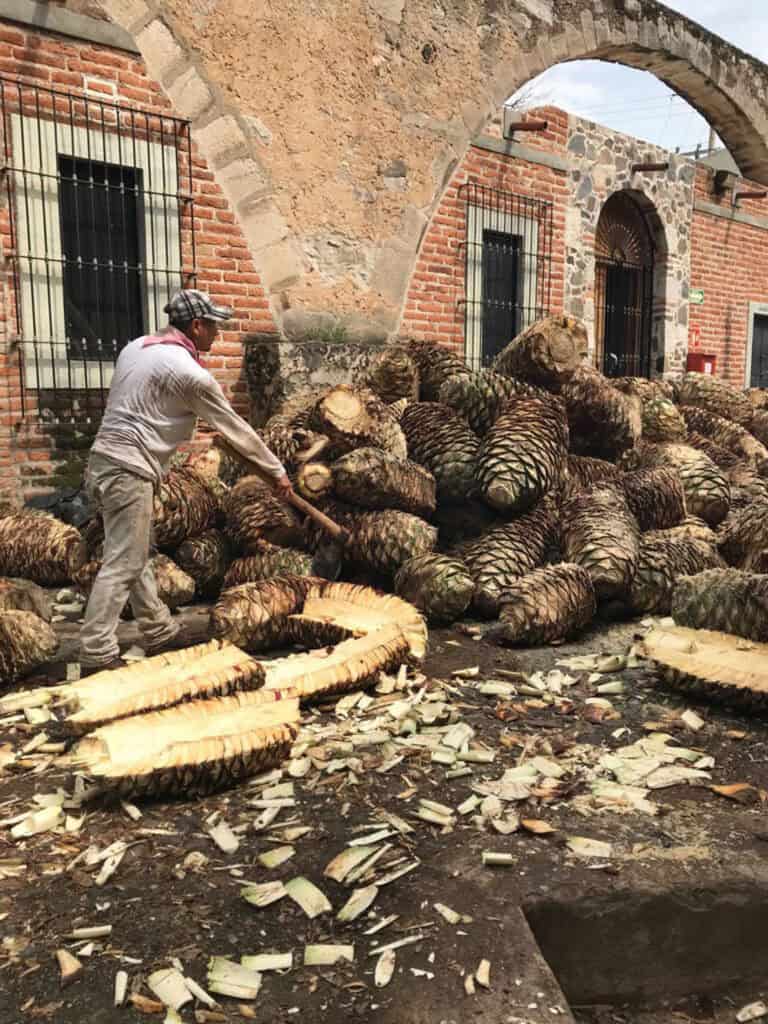
Caballito Cerrero Azul 46
46% ABV
One of the most storied brands amongst tequila aficionados, Caballito Cerrero has been made by the Jimenez family in Amatitán since the 1950s, when Don Alfonso Jimenez Rosales launched the Santa Rita distillery after leaving the Herradura company (of which he was a founder). In response to the industrialization of the category, the family decided to stop certifying the spirit as tequila in 2018, so while it bears all the marks of a certified tequila, it is exported as a “spirit distilled from agave.”
Some expressions from the distillery are made using chato, a variety of agave in the A. angustifolia species that is indigenous to Jalisco, but the Azul 46 is made with 100% blue agaves, which are cooked in a masonry oven, shredded using a triple-pass mill, then fermented in stainless steel vats left open to the air with a mix of wild and proprietary yeasts. The mash is distilled first in stainless steel, followed by another round of distillation in copper pot still, and the distillate is rested for 45 days before bottling. This is an intense, robust tequila with a flan-like aroma and mineral quality that tastes deep and ashy, plus a finish that suggests black pepper and oily lemon rind.

Mijenta Maestra Selection No. 1
50% ABV
NOM 1412
With her first release in the Maestra Selection series for Mijenta, distiller Ana Maria Romero made history by creating tequila from agaves that were grown from seed instead of hijuelos (baby clones of the mother plant). While the reproductive processes of agave might seem like TMI to the casual drinker, it’s a crucial topic to understand because the industry standard is to use clones, which weaken the genetics of the plant with every generation, eventually leading to dangerous monocultures of agaves that are more susceptible to disease. In short: this tequila is nothing short of ground-breaking. In proving how it’s possible to make tequila in a way that tastes top-of-class and is better for the environment and the sustainability of the industry, Romero has bucked the standard and wowed a lot of agave spirits fans in the process.
For this first limited edition bottling, the maguey were grown from seed on a single estate in Presa de Otomites in the highlands of Jalisco, and harvested after spending two years in the nursery and six in the field—which is also remarkable in an industry that often uses less mature plants. The agaves are cooked at low temperature in a low-pressure autoclave for approximately 16 hours, crushed with a roller mill, and then fermented for 96 hours in stainless steel tanks with Mijenta’s custom yeast. The spirit is distilled twice in stainless steel pot stills and brought down to 50% ABV before bottling. Flavor-wise, this tequila explodes from the glass with beautiful natural buttery sweetness, cinnamon spice, and hints of tropical fruit.
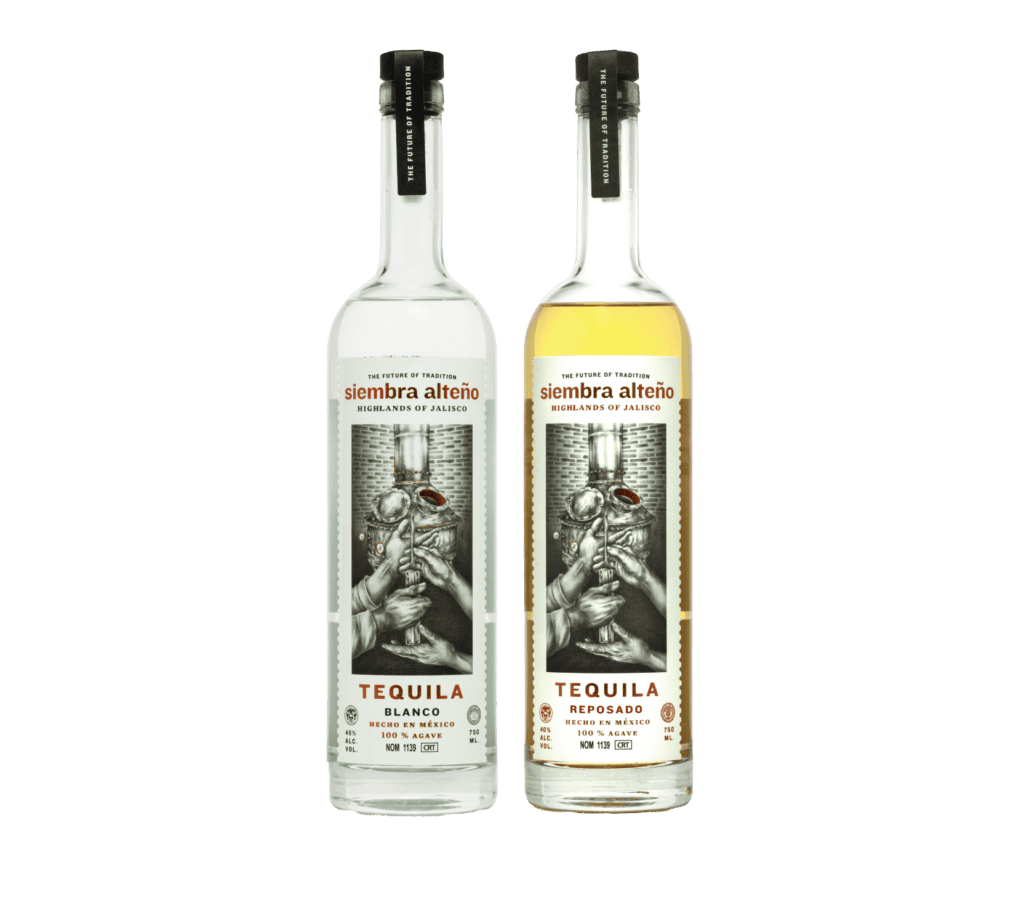
Siembra Alteño
46% ABV
NOM 1139
All the spirits under the Siembra Spirits portfolio are outstanding. For most agave spirits fans, Siembra Ancestral will come to mind first as a great option for mezcal drinkers because the production methods hearken back to how tequila was made before industrialization, with the piñas cooked in underground ovens. It’s a brilliant spirit, albeit somewhat tricky to find, as it’s made in small batches and they don’t produce year round.
Luckily, there’s a new expression from the company that’s also worth checking out: Siembra Alteño. Born in partnership with the legendary tequilero Carlos Camarena, the spirit features agaves grown near the La Alteña distillery in Arandas (in the highlands, at the facility where El Tesoro and Tapatio are also produced). The distillery workers cook the plants slowly in a brick oven, then shred with a mechanical roller mill, and ferment in pine vats with natural yeast. Distillation, overseen by José Lorenzo Coronado Padilla and Vincente Coronado Padilla, takes place twice in copper pot stills—the first run includes agave fibers, and the second run is cut at 55% ABV then brought down to 46% with proprietary spring water. Fans of Camarena’s famed single estate tequila brand Ocho—or really anyone who has spent time with feet planted in the rust-colored soil of this part of Jalisco—will recognize the distinctive aroma of this tequila: crisp grapefruit, undercut by rust. On first sips, this beauty shines with rich sweet caramel notes of cooked agave, dusty nutmeg, and orange peel, then finishes with a soft minty quality.
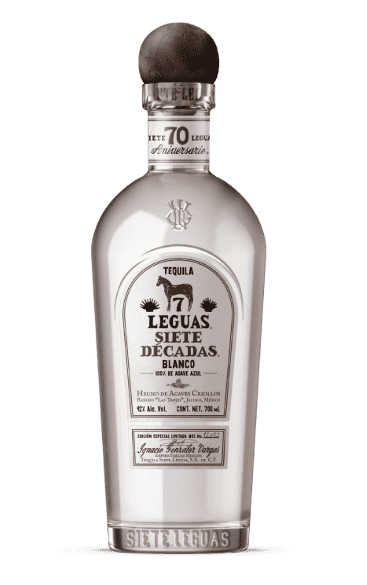
Siete Leguas Décadas
42% abv
NOM 1120
Bottled for the distillery’s 70th anniversary in 2022, this single batch release from the renowned Siete Leguas brand is made from wild agaves grown at Rancho Las Trojes in Jalisco. Cultivation is the industry standard in tequila, but distiller Ignacio Gonzales Vargas decided to harvest criollo plants from a single field in homage to how agaves were grown when the company started in 1952. To properly showcase the vibrant flavors that emerge in a tequila when the plants are grown in healthy soil, the piñas are cooked in stone ovens for three days, crushed via tahona (pulled by mule), fermented in open-air tanks with wild yeast, and twice distilled in copper pot stills. Flavor-wise, the tequila lands on the light-bodied end of the spectrum. When it opens up, it sings. A lovely light floral quality leads the aroma, followed by a kiss of sweetness and notes of black pepper, lime peel, and a touch of anise.
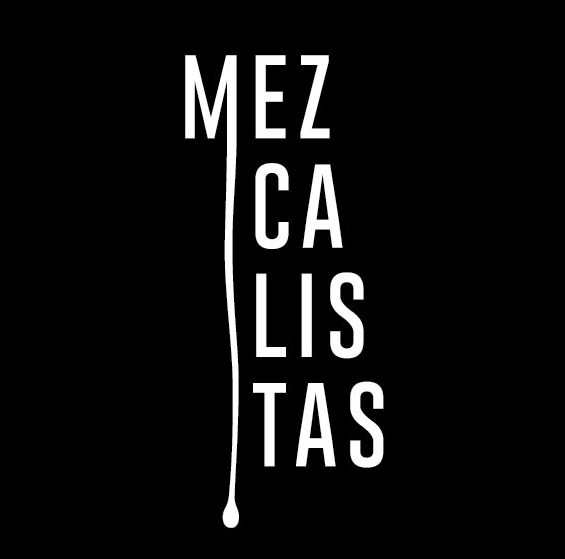

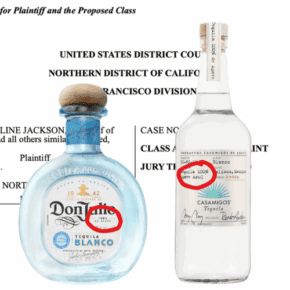
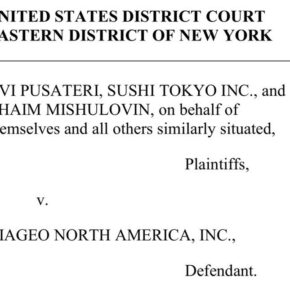
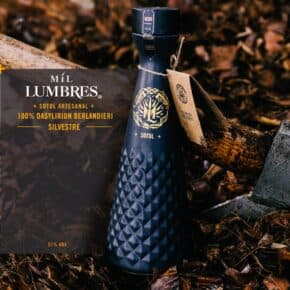

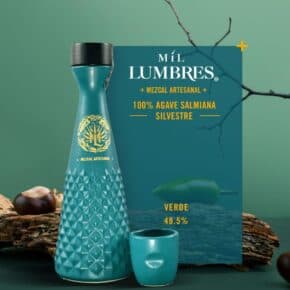





Leave a Comment